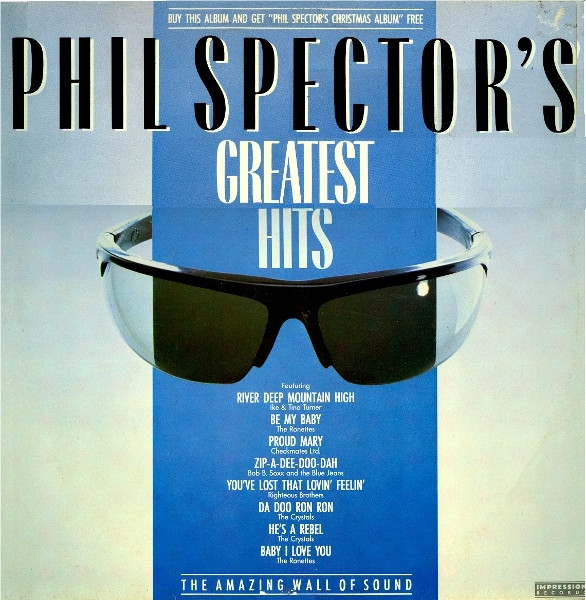Bob Dylan: Bringing It All Back Home - 1965

The album that alienated Bob Dylan's folk fans by "going electric" on the old "side one". It was, in many ways, an album that changed all sorts of things - Dylan's approach to songwriting and also that of The Beatles, who Dylan had recently met for the first time.
Gone were the "protest songs" of 1962-1964 and in came the much-vaunted "stream of consciousness" lyrics and an electric guitar, rock 'n' roll influenced drum, bass and keyboard sounds.
The first track, Subterranean Homesick Blues, was one hell of a hit, right between the eyes - frantic, manically delivered, both vocally and instrumentally, it was a song that introduced a style that would be imitated even as far into the future as the punk rock explosion some twelve years or so later. Just listen to Elvis Costello's Pump It Up as an example. Dylan was influenced by Chuck Berry's Too Much Monkey Business in many ways in constructing this ground-breaking song, although it was very much his own, unique creation.
She Belongs To Me was lighter in content, more melodic and had a beautiful bass line on it. Again, though, its lyrics were somewhat oblique and belied analysis despite the general romantic feel of the song.
Maggie's Farm is a more traditional piece of harmonica-driven blues rock and apparently sees Dylan saying goodbye to the protest song movement as he had played folk songs on a farm back in 1963. Here he is saying that he ain't gonna work on that (Maggie's) farm no more. Musically, though, it is a blues the like of which he would continue to use through the next two "electric" albums. The same applies to the frenetic Outlaw Blues, another with a real Chuck Berry influence.
On The Road Again sounds like Canned Heat's late 60s track of the same name in many ways, although the latter is not a cover of this. It is an upbeat blues full of harmonica and twelve-bar structure.
Love Minus Zero/No Limit is simply a beautiful song. For many it is seen as dispensable. For me, it is my favourite track on the album. Lovely melody, appealing lyrics.
The "electric" part ends with Bob Dylan's 115th Dream which, for me, has hints of the track Highway 61 Revisited but most say it is similar to Motorpsycho Nitemare from the previous album. It is another fast-paced piece of blues rock with more rapidly-delivered stream of consciousness lyrics.
The iconic Mr. Tambourine Man opens "side two" with Dylan's laid-back acoustic version, not with jangly guitar as The Byrds used on their huge hit version of the song. In my opinion, it is not about a drug dealer as some have suggested endlessly (and tediously) over the years. It's just about a tambourine. People will read drugs references into every sixties song given half a chance, won't they? Ok, maybe the lyrics were written by a Dylan inspired by increasing LSD use, but that's as far as it goes. Whatever. I ain't no interpretologist. It is simply a lovely, evocative atmospheric song and very 1960s.
No drums are used on this "acoustic" side and the sombre acoustic guitar and harmonica-only Gates Of Eden is suited by this approach. It sounds like something off The Freewheelin' Bob Dylan. Maybe the direct protest songs were gone, but not so the "grim warning" songs. This is one of those. As indeed too, to an extent, is the cynical It's Alright Ma, I'm Only Bleeding with its political references. It is not as doom-laden as Gates Of Eden though.
The final song is the kiss-off to a lover of It's All Over Now Baby Blue, stark and baleful but with a subtle bass guitar backing Dylan's acoustic. Bassist Bill Lee was the only other person to play on this side of the album. The song was covered convincingly by a young Van Morrison with his group, Them, by Chris Farlowe and, of course, by The Byrds.
This album signalled a new era. Dylan was off on the electric tour and within a few years electric guitars, weird lyrics and psychedelia were everywhere. In many ways it started here although the UK blues rock groups were similarly genre-creating.
Outtakes
Outtakes from this album's sessions were the Rolling Stones-esque bluesy pop thump of If You Gotta Go, Go Now, the earlier recording of I'll Keep It With Mine and the superb acoustic ballad Farewell Angelina.










